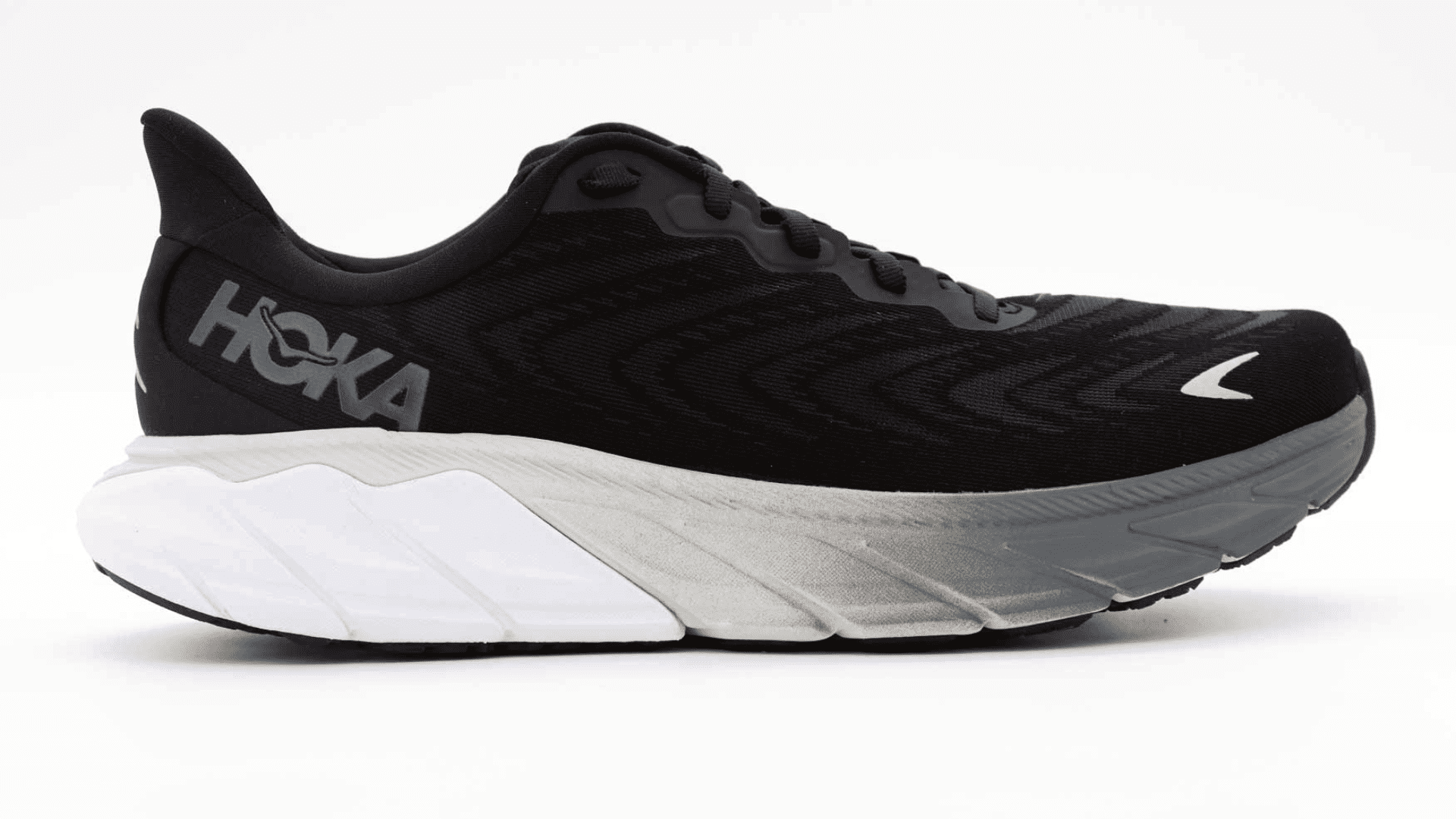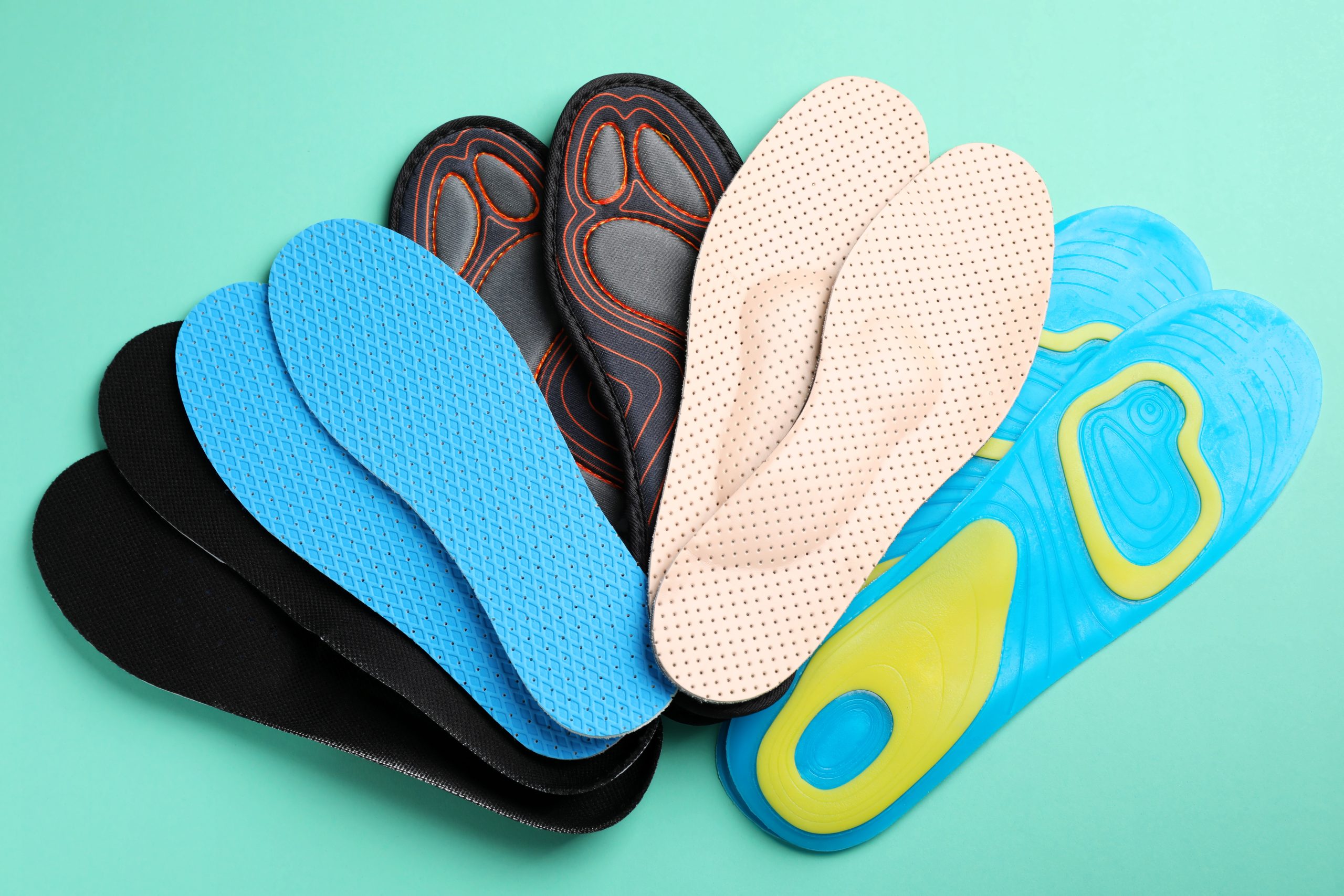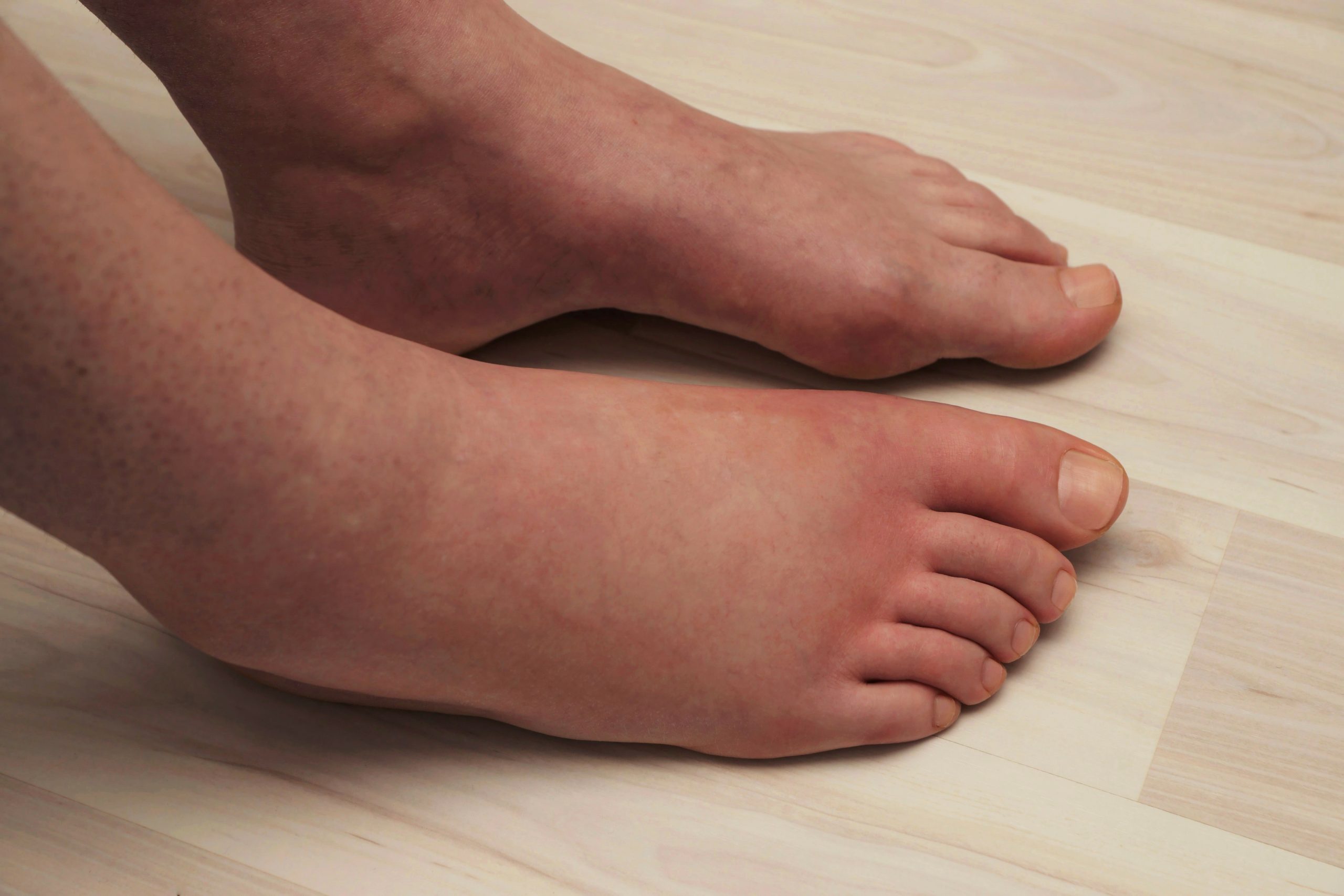
If you’re suffering from plantar fasciitis, you know that finding the correct footwear can be a challenge. Not only do you have to find something that is comfortable, but you also need footwear that is designed to support your feet.
In this post, we will discuss some of the best options for plantar fasciitis and recommend some of the best brands. We will also include a guide on how to find the correct size and fit, so that you can start wearing your chosen pair immediately, for immediate improvements of your symptoms.
A brief overview of plantar fasciitis.
Plantar fasciitis is a condition that causes pain and inflammation in the foot, usually on the heel or the ball of the foot. It’s usually caused by repetitive strain on the plantar fascia (a thick band of connective tissue) that runs along the bottom of your feet. The plantar fascia surrounds and supports many different muscles and bones in your feet, including those that make up the heel bone and ball of your foot. When these muscles are chronically strained, they can become inflamed and painful. This is especially common when you have a tight calf muscle too, as this tightness can also cause tension on the fascia.
Why you may be suffering from plantar fasciitis.
There are a few things at play – tight shoes, overuse, poor posture when standing or walking (pronation), and even genetics can contribute. But the biggest culprit is most likely wearing worn-out shoes that don’t provide enough support for your feet. Additionally, overuse can cause the fascia in your feet to stretch and become inflamed. When this happens, you may start to experience pain and inflammation on the heel of your foot or along the bottom of your foot.
The good news is that plantar fasciitis is a condition that can be treated with a combination of stretching, physical therapy, footwear modifications (such as orthotics), medication, and surgery. A lot of people find relief from plantar fasciitis by starting out with changes in their footwear – wearing shoes that provide more support for feet will help reduce pain and can often work quite quickly compared to other methods.

The symptoms of plantar fasciitis.
The symptoms of plantar fasciitis vary from person to person, but they typically include a ‘stabbing’ heel pain, a feeling of stiffness or heaviness in the heel, and difficulty walking or standing for long periods of time. If left untreated, plantar fasciitis may progress to chronic pain and even foot deformity.
The most common symptoms of plantar fasciitis are heel pain and foot pain – which is often more prominent first thing in the morning. You may also experience a popping or clicking noise when you walk, as the fascia in your heel rubs against the bone in your heel.
In some cases, plantar fasciitis can cause inflammation of the tendons that support the arch on the bottom of your foot (the plantar fasciitis heel nail). This inflammation is usually red and swollen, and it may take weeks or even months for it to go away completely.
How to treat plantar fasciitis.
If you’re one of the millions of people who suffer from plantar fasciitis, you know that it can be a really frustrating ailment. The best way to treat plantar fasciitis is to consult a podiatrist, as they will be able to assess your feet and decide the best course of action for your treatment, which could involve prescribing custom-made orthotics. These devices fit inside your shoes and help to realign the muscles and ligaments in your feet, so that you can reduce or even eliminate your symptoms. Another treatment option is physiotherapy, which involves working with a therapist to relieve pain and stiffness in the affected area.
If you’re dealing with persistent heel pain (plantar heel pain), odds are you’ve been told that it will usually improve on its own within six to twelve months. However, for some people, the pain can linger even after the original cause has gone away. In fact, half of the people who experience plantar fasciitis will be able to recover completely within six months; however, if you don’t see an improvement in symptoms after two weeks or so, it may be worth consulting a medical professional for further evaluation.
How your footwear relates to plantar fasciitis.

Footwear can help with plantar fasciitis, but it’s important to note that there is no one-size-fits-all approach. Every person has different foot anatomy, which means that the type of footwear that works best for one person may not be ideal for another. For example, if you have pronated feet (arches that are in the wrong position), then wearing a heel-height shoe may aggravate the plantar fasciitis pain.
In contrast, if your foot is in good alignment, a low-heeled shoe may be more comfortable and supportive. Ultimately, it’s important to experiment with different types of footwear until you find something that works best for your feet.
It’s important to choose a brand of footwear that you trust. And, if you experience pain or discomfort while wearing that brand’s footwear, be sure to consult your medical professional to rule out any other underlying issues.
What to look for in footwear.
Ideally, you want to have footwear that’s both comfortable and supportive. Some of the main features to look for in a shoe with this condition include:
Arch support.
When it comes to plantar fasciitis, the last thing you want is shoes that don’t support your feet. Shoes that are too tight or have no arch and heel support will cause undue pressure on your heel and foot, which can lead to an increase in pain and inflammation. Instead, look for shoes with good arch and heel support. This will help distribute the weight evenly across your feet, minimising the impact that it has on your heel and foot. Additionally, make sure to buy shoes in the correct size – if they’re too large or small, your foot will be squashed or have to work harder than it needs to keep the footwear on your feet.
Cushioning.
Wearing shoes with adequate cushioning at the heel will help reduce the amount of impact that you experience on your feet, which in turn will help relieve the pain and inflammation that is associated with plantar fasciitis. There are a variety of shoes that come equipped with this type of cushioning, so it’s important to choose one that’s going to be comfortable and supportive for your feet. Cushioning does not mean memory foam though! Too much cushioning will create a surface that is too unstable for your feet to function correctly, which could lead to further injury.
Good structure.
For everything to work properly, your feet and shoes need to be working together. If you are wearing a shoe that is far too flimsy and has little to no support, it will not offer enough support. You may also be more likely to overstrain ligaments and tendons even further, which will only worsen your condition. Before buying shoes, check they have basic structural components such as a heel counter and a shank. You can perform the same checks we perform on our shoes when we buy them!
Rocker sole.
One type of sole that is particularly well-suited for plantar fasciitis is the forefoot rocker. Positioned just behind the metatarsal heads, this type of sole distributes your weight more evenly and reduces peak pressure points. The heel strike is also minimised which can be helpful in reducing plantar fasciitis-related pain.
Make sure they fit!
Last but certainly not least, wear shoes that fit you correctly! Wearing incorrectly fitting shoes not only causes pain, but can also lead to further injury. In fact, footwear that’s too tight will cause restriction and put additional pressure on your plantar fascia. This can result in inflammation and even permanent damage. Fun fact – wearing the wrong-sized shoes is actually one of the biggest culprits for causing plantar fasciitis!
What to avoid in footwear.
Wearing the wrong type of shoes can cause a lot of pain in your feet and ankles. This is especially true for people who suffer from plantar fasciitis. When you have plantar fasciitis, wearing the wrong type of shoes can aggravate the condition by putting too much pressure on your heel and the ball of your foot. This pressure can cause inflammation and even tears in the tissue that supports your anklebone. In addition, wearing poorly fitted shoes can also cause other problems, like Achilles tendonitis or bunions.
If you’re suffering from plantar fasciitis, it’s important to wear supportive shoes that cushion the impact. To help avoid injury, be sure to keep these tips in mind:
- Shoes that are too flimsy. Putting your feet in shoes that offer no structure or stability will only increase your chances of further injury.
- Avoid wearing high heels for long amounts of time, as they can put more strain on your feet.
- Try not to wear flip-flops – they don’t provide adequate support and can cause further damage.
If you have trouble finding comfortable shoes, consult your podiatrist about having some custom orthotics made. Orthotics can be incredibly helpful in reducing the tension and stress on the plantar fascia, as well as reaffirming any arch support.
Tips to prevent plantar fasciitis.

There are a few steps you can take to help prevent plantar fasciitis, including:
- Wear supportive footwear that provides appropriate arch support and cushioning for the heel.
- Avoid walking or standing on hard surfaces for extended periods of time.
- Stretch your calves and feet regularly to help maintain flexibility in the muscles and tendons in your feet.
- Maintain a healthy weight to reduce the amount of stress on your feet.
- Avoid wearing high-heeled shoes or shoes with no arch support.
- Use inserts or orthotics to provide additional arch support if needed.
If you are at a higher risk of developing plantar fasciitis (for example, if you are a runner or have a job that involves standing for long periods of time), you may want to talk to a doctor or podiatrist about other ways to prevent the condition. They may be able to provide additional guidance and advice based on your specific circumstances.
The best footwear for plantar fasciitis 2024: Our recommended brands.
HOKA.

Footwear types: Trainers, sandals, boots.
Price range: £40 – £220.
Features: Wide fit, rocker sole unit, vegan-friendly materials, lightweight frames, modern designs.
If you’re looking for a shoe that will relieve pain in your feet, HOKA is an excellent option. Made with deep heel counters and cushioned soles, these shoes provide support and relief for plantar fasciitis sufferers. If you’re looking for a good pair of shoes to combat plantar fasciitis, HOKA is a company that many people swear by. Most styles feature a meta-rocker which can help offload pressure points in your feet – especially at the heel. Whether you’ve been dealing with this problem for years or just started experiencing symptoms recently, these trainers should be at the top of your list!
Joya.

Footwear types: Trainers, sandals, boots.
Price range: £129.95 – £229.95.
Features: Extra wide fit, multiple sole units, Ortholite insoles, 100% vegan options, zipper and lace fastenings.
If you’re experiencing pain in your feet and heel, consider trying out Joya shoes. These soft-soled shoes help to reduce pressure on the plantar fascia, which can be a key part of resolving the problem. In addition to providing relief from foot pain, Joya shoes also promote better posture and assist with other issues such as back pain and knee pain. So if you’re looking for a way to feel better all over, give Joya a try! Additionally, they typically come in a wide range of colours and styles, so you’re sure to find the perfect pair for your feet.
Xsensible.

Footwear types: Trainers, shoes, sandals, boots.
Price range: £190 – £270.
Features: Extra wide fit, patented stretch leather, balance technology, modern designs, removable insoles, feather-light sole materials.
Xsensible is a Dutch shoe brand that has been inspired by influences far and wide. It is a family-owned business since 1904. The shoe company produces shoes that support plantar fasciitis relief as well as foot pain relief in general. Xsensible shoes are made with premium materials and high-quality construction that offers the utmost comfort for your feet.
Additionally, heel cushioning is built into many of their models to further alleviate pressure on the arch of your foot while you’re wearing them. They’re also super stylish, and offer tonnes of options from waterproof walking boots to summer sandals!
Brooks.

Footwear types: Trainers.
Price range: £60 – £190.
Features: Wide fit, cushioned soles, breathable uppers, removable insoles, made with recycled materials.
Brooks is a leading brand of running trainers for men and women. From their beginnings in ballet slippers and bathing shoes, they’re now loved for their innovations in running. Because of this, the products in their range are now being marked with the APMA Seal of Acceptance.
When wearing Brooks’ trainers, you’ll feel a stable ride, effortless transitions, and a cushioned landing, making them suitable for relieving tension. We love how much support their range offers and their vibrant colours available.
Final thoughts.

Plantar fasciitis is a common condition that can affect your everyday life. Ignoring the symptoms can lead to further complications. Therefore, the appropriate treatment and care for your lower-limb health is necessary in helping those symptoms, or avoiding them altogether.
Your footwear plays a major role in the health of your feet and lower limbs. Because of this, taking the time to select your next pair is important. If you spend the time to take action early, you’ll be able to carry on with what you love doing.
If you’re looking for footwear to help with plantar fasciitis, we recommend booking a free personal shopping appointment with one of our shoe-fitters.
It can be scheduled at your own convenience, and you will benefit from the valuable advice that will change the way that you shop for footwear.








